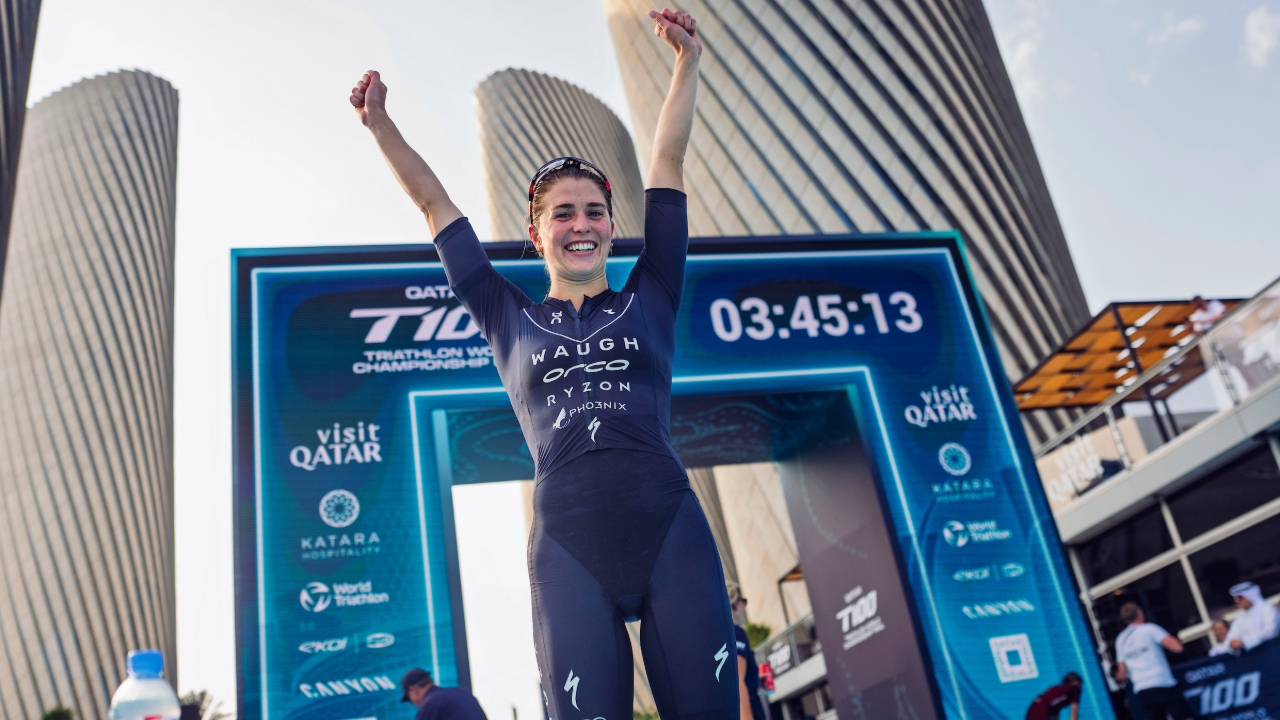Chugging a shot of bright purple beetroot juice might not be many people’s pre-training breakfast of choice. In fact, it sounds more like something you’d have to do as a forfeit, than something you’d do by choice.
But in recent years, plenty of endurance sports athletes – both amateur and elite – have started using beetroot shots as a way to improve their performance.
We take a look at the benefits of beetroot shots. And how you can achieve similar, or better results – without having to knock back mouthfuls of the purple stuff.
Why are beetroot shots supposed to be good for endurance athletes?
Beetroot is a rich source of antioxidants, such as vitamin C. So as part of a balanced diet, it’s going to help support your overall wellbeing. But one of the primary reasons people associate beetroot with improved athletic performance in particular is because of the high concentration of nitrates it contains.
Research has found that supplementing nitrate intake can help to boost aerobic capacity – improving athletic performance. Concentrated beetroot shots are a way to load up on nitrate, without having to consume significant amounts of the vegetable – which would probably cause some serious performance-damaging GI issues!

In fact, a study published in the Journal of Applied Physiology notes that runners who took a beetroot shot prior to competing in a 5km race were able to take 1.5% off their finish times.
This improved performance is due to the conversion of the nitrates found in beetroot, into nitric oxide.
What is nitric oxide and how does it enhance athletic performance?
When we exercise, nitric oxide has been shown to promote the dilation of blood vessels. This enables the circulatory system to deliver more oxygen and nutrients to your muscle cells. And speeds up the disposal of waste products – such as lactate, which accumulates and causes that ‘burning sensation’ you feel as you start to fatigue during exercise. Nitric oxide also helps to improve muscle elasticity, meaning the muscles are more supple and less injury prone.
All of this means that boosting your body’s nitric oxide levels helps to improve your aerobic capacity. In endurance sport, that means you’ll be able to go further and faster, for longer before you start to fatigue.
Can I get the benefits of beetroot… without having to drink the stuff?
Improved aerobic capacity and endurance sounds great. But if you hate beetroot, and can’t stomach the thought of knocking back a concentrated shot of the stuff on a regular basis. There are other ways to stimulate the production of nitric oxide in the body.
Other food sources – and why supplements might not be the answer
The bad news is that simply taking a nitrate supplement might not be the answer if you can’t bear the beetroot. A study published in the journal of Applied Physiology, Nutrition and Metabolism compared taking beetroot juice to supplementing with sodium nitrate, using well-trained volunteers. The beetroot juice showed improvements in cycling economy and lowered blood pressure. Meanwhile the sodium nitrate – despite it being the nitrate content of beetroot which is thought to bring the endurance sport benefits – showed no meaningful impact on either measures. Related studies suggested that the enhanced benefits from the beetroot juice might be as a result of the antioxidants and phytonutrients which help the body to convert the ingested nitrates into nitric oxide.
The good news is beetroot isn’t the only real food source to bolster your nitrate intake. Researchers have also noted that greens like spinach and rocket also contain nitrates. But even better – so too does dark chocolate.
Infrared technology for sports performance
Infrared has been shown to stimulate the production of nitric oxide, promoting improved blood flow and enhanced oxygen supply to muscle tissues. Tim Brownstone, former biochemist and founder of KYMIRA sports apparel, explains:
“Plenty of people will drink beetroot shots to boost their level of nitric oxide in order to enhance their endurance. But one of the many benefits of infrared, is that it stimulates nitric oxide production. We’ve integrated this infrared technology into our KYMIRA apparel. The fibres contain a mineral which turns light and energy from the wearer into infrared. This then boosts nitric oxide levels, in a similar way to ingesting nitrates from beetroot shots – but faster, and with more potency. And without the foul taste!”

Tim has undertaken thorough research in the development of the wearable infrared clothing, and a randomised double blind repeated measure study showed oxygen levels in tissues increased by 20% on average after wearing the clothing. This increase was also maintained even 70 minutes after removing the infrared kit.
Wearable infrared apparel could provide a way to boost nitric oxide levels both before and during exercise. Helping to increase aerobic capacity, in a way that’s easier on the taste buds than taking beetroot shots. That is, assuming you don’t decide to start snacking on your own clothes before your next event!











